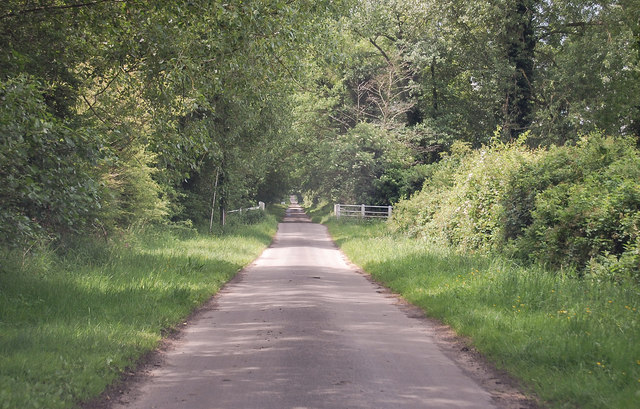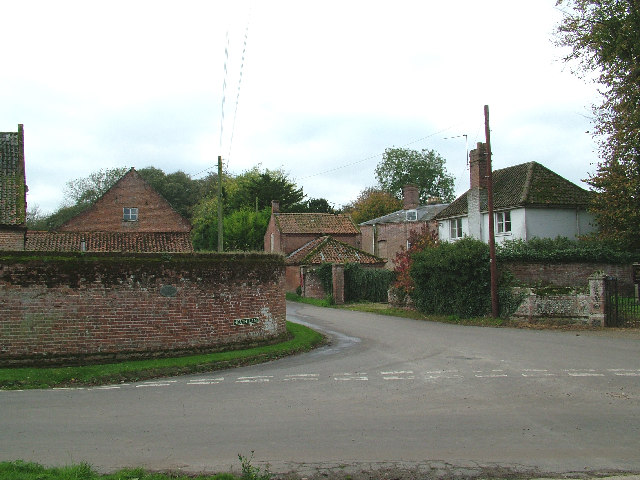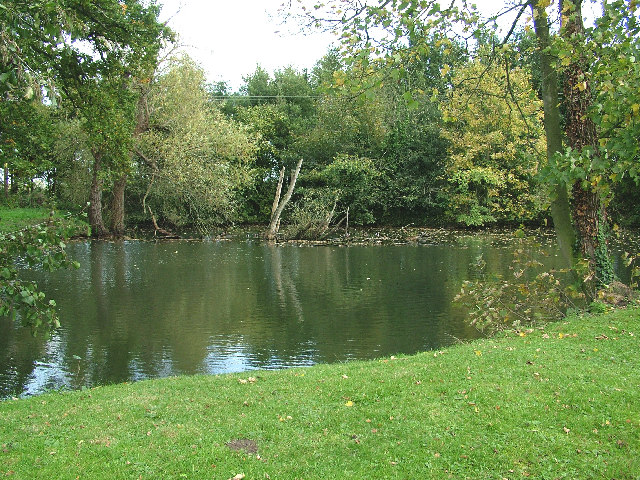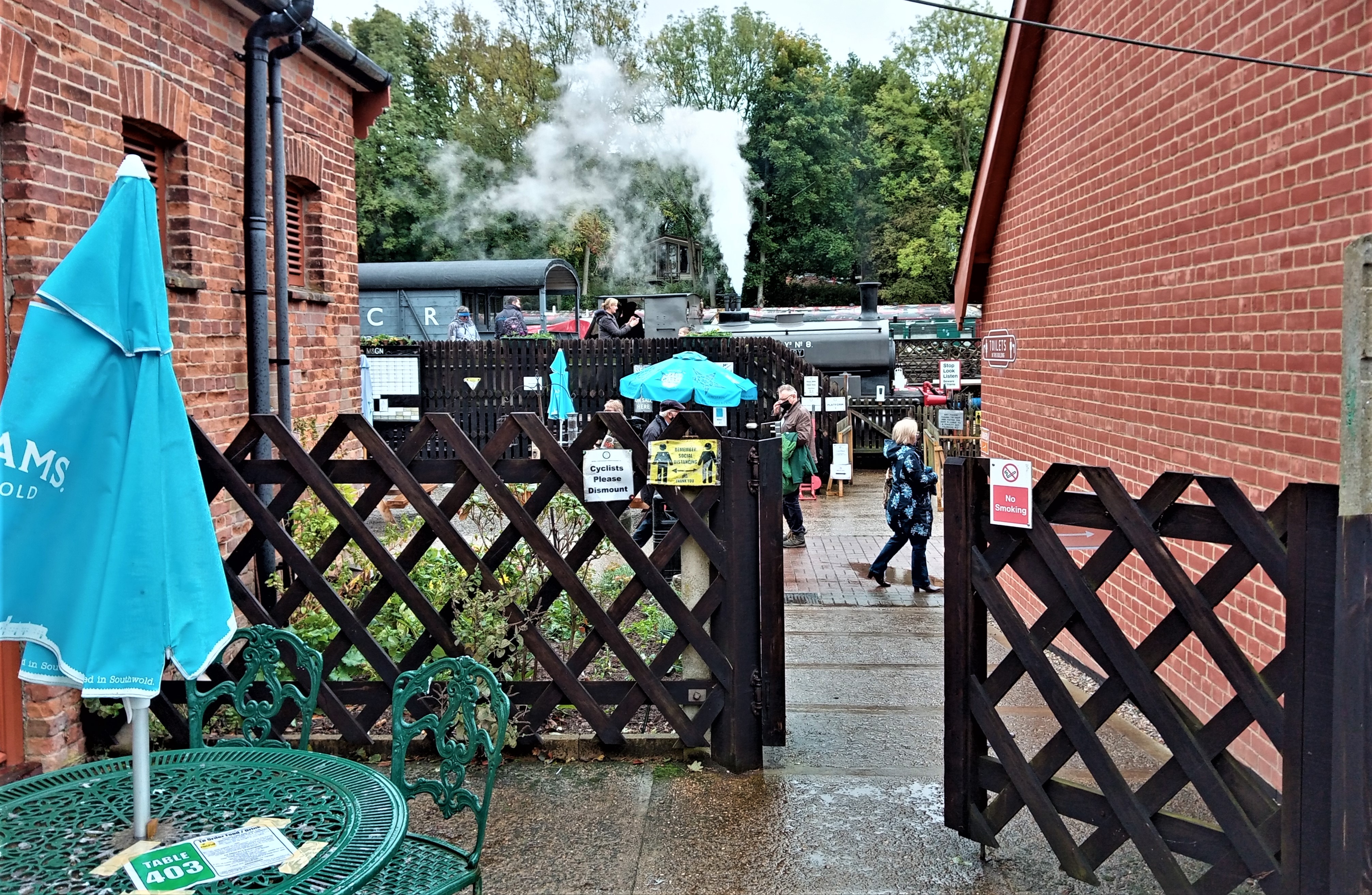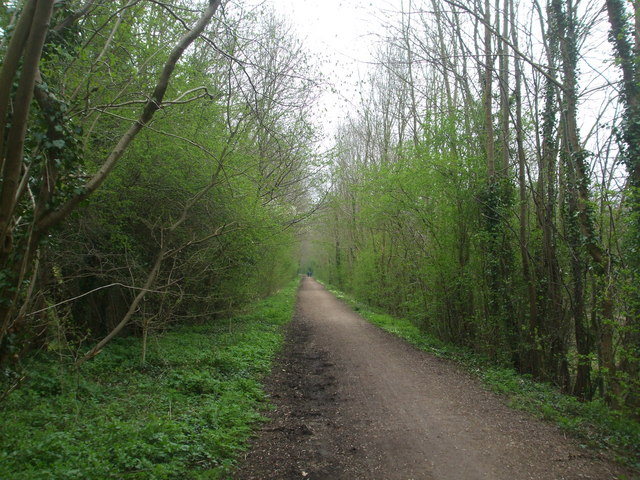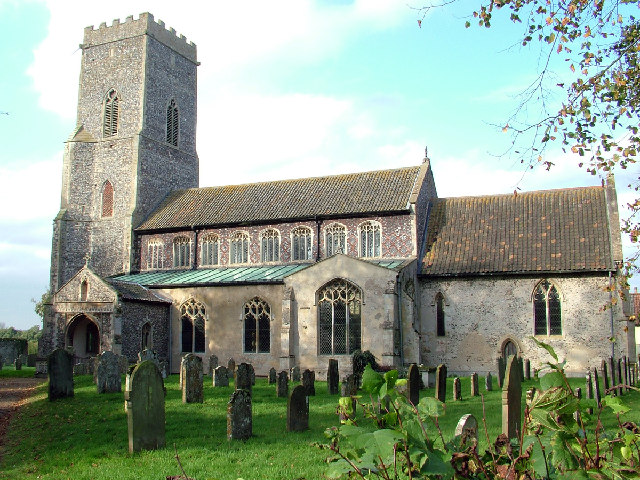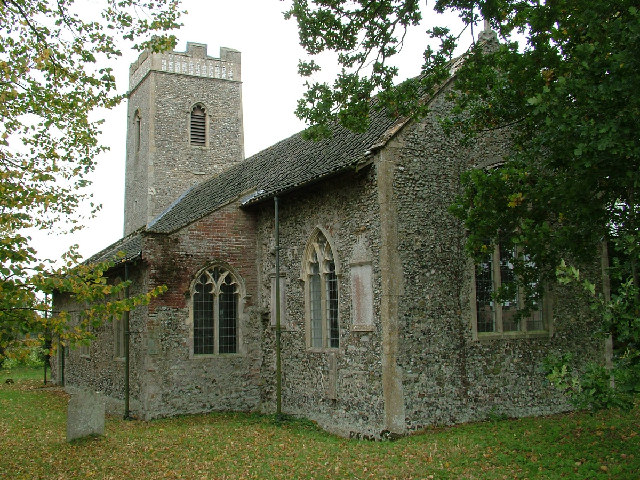Fiddler's Hill
Hill, Mountain in Norfolk Broadland
England
Fiddler's Hill

Fiddler's Hill is a prominent hill located in the county of Norfolk, England. Rising to an elevation of approximately 90 meters (295 feet), it is considered one of the highest points in the area. Situated near the village of Fiddler's Hill, the hill offers stunning panoramic views of the surrounding Norfolk countryside.
The hill itself is characterized by its gentle slopes and grassy terrain, making it an ideal destination for hikers and walkers. It is well-known for its natural beauty and tranquil atmosphere, attracting nature enthusiasts and tourists alike.
Fiddler's Hill is also rich in historical significance. It is believed to have derived its name from the presence of traveling musicians or fiddlers who would gather on the hill to entertain the locals in the past. These gatherings were often accompanied by local festivals and celebrations, contributing to the folklore and heritage of the area.
Furthermore, the hill serves as a habitat for various wildlife species, including birds, small mammals, and insects. Its diverse ecosystem makes it a popular spot for birdwatching, with frequent sightings of species such as kestrels, skylarks, and buzzards.
Access to Fiddler's Hill is relatively easy, with footpaths and trails leading to its summit. Visitors can enjoy a leisurely walk or a more challenging hike, depending on their preference. The hill's natural beauty and historical significance make it a cherished landmark in Norfolk, providing locals and visitors with a peaceful retreat and a glimpse into the region's past.
If you have any feedback on the listing, please let us know in the comments section below.
Fiddler's Hill Images
Images are sourced within 2km of 52.744311/1.1074804 or Grid Reference TG0920. Thanks to Geograph Open Source API. All images are credited.

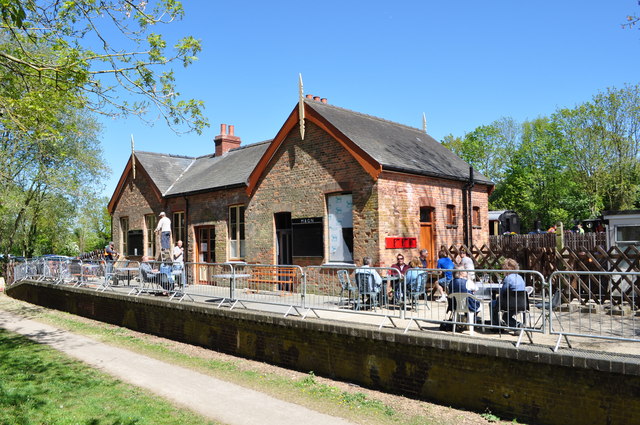
Fiddler's Hill is located at Grid Ref: TG0920 (Lat: 52.744311, Lng: 1.1074804)
Administrative County: Norfolk
District: Broadland
Police Authority: Norfolk
What 3 Words
///agent.call.outsmart. Near Reepham, Norfolk
Nearby Locations
Related Wikis
Whitwell & Reepham railway station
Whitwell and Reepham railway station, also known as Whitwell station, is a former station situated in Norfolk, England. The station closed in 1959 and...
Whitwell Common SSSI
Whitwell Common is a 19.4-hectare (48-acre) biological Site of Special Scientific Interest north-east of Dereham in Norfolk.This common in the valley...
Great Witchingham
Great Witchingham is a village and civil parish in the English county of Norfolk about 11 miles (18 km) north-west of Norwich. It covers an area of 9.12...
Reepham High School and College
Reepham High School and College is a secondary school and sixth form with academy status located in Reepham, Norfolk. The majority of the students live...
St Faith's Church, Little Witchingham
St Faith's Church is a redundant Anglican church in the village of Little Witchingham in Norfolk, England. It is recorded in the National Heritage List...
Reepham, Norfolk
Reepham () is a market town and civil parish in the Broadland district of Norfolk, England. Reepham is situated on the B1145 road between the Bure and...
Little Witchingham
Little Witchingham is a village and civil parish in the English county of Norfolk. It covers an area of 3.01 km2 (1.16 sq mi) and had a population of 36...
Booton, Norfolk
Booton is a village and civil parish in the Broadland district of Norfolk, England, just east of Reepham and seven miles west of Aylsham. According to...
Nearby Amenities
Located within 500m of 52.744311,1.1074804Have you been to Fiddler's Hill?
Leave your review of Fiddler's Hill below (or comments, questions and feedback).




